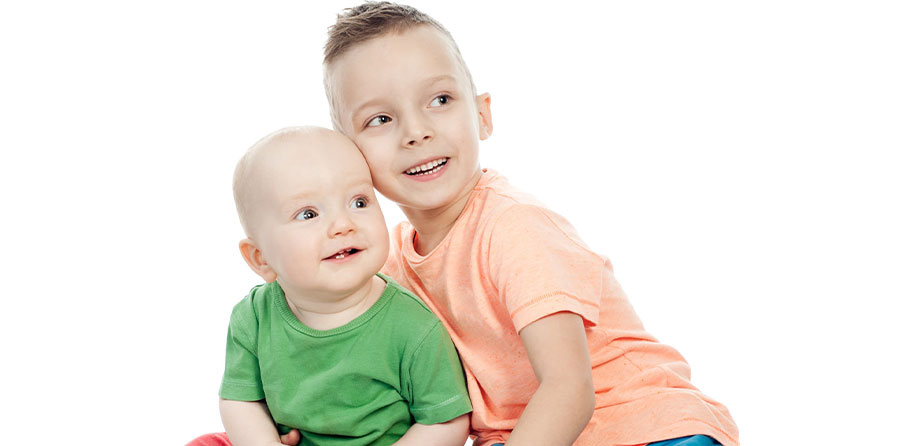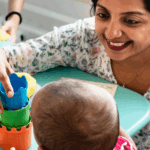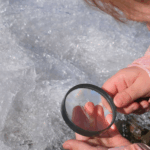
Child Development: birth to five years – ten facts you may not know
A sound understanding of typical child development, key developmental milestones and how children learn is essential when working with young children.
It allows you to appreciate the cognitive, emotional, physical and social growth that children go through from birth and helps you to recognise if a child is developing as expected or if they are at risk of falling behind.
In turn, this helps secure the right help and support, such as from a health visitor or speech therapist, to develop to their full potential.
Here are ten facts about child development that you might not know:
- Although child development is normally divided physical, cognitive, communication and language and social and emotional development, development is holistic because children do not just develop in one area at a time. ‘Holistic’ means that the academic and non-academic development of the whole child is integrated. Progress in one area usually leads to progress in other areas. For example, once a baby can sit, they start to use their thought processes to explore objects and learn about what they do, such as a squeaky toy
- Developmental delay is also called ‘atypical development’ although this term can be used to describe children who are ahead of other children in meeting milestones, as well as those who are behind. Where a child is not meeting milestones across all areas of development, this is known as ‘global developmental delay’
- Giving children plenty of physical activity is one of the main ways in which you can help children acquire the strength they need. When children are not given enough physical activity to build their stamina and strength, then their physical development can be delayed right through to school age and beyond. There are even suggested links between physical activity and academic achievement in school
- The two types of motor skills (gross and fine) develop in tandem with each other. Children cannot acquire fine motor skills unless they have developed gross motor skills, particularly in their torso, shoulders and arms. Children’s hands are attached to their arms, their arms to their shoulders and their shoulders to their torso. Unless children have control of the large muscles in these parts of the body, they will not be able to develop the precise fine movements needed in the hands and fingers to grasp objects, use tools, write and so on
- Babies are born with all of the brain cells (neurons) they will have for the rest of their life. It is the connections (synapses) between these cells that makes the brain develop. From the moment they are born, babies’ brains start to form billions of connections and pathways between the neurons
- From birth to age five a child’s brain develops more than at any other time, with the first three years most critical in shaping their brain ‘architecture’. At birth, the average baby’s brain is about a quarter of the size of the average adult brain. This doubles in size in the first year and keeps growing to about 80% of adult size by age three and 90% by age five
- Even before birth, while still in the womb, a foetus can hear and respond to familiar voices, as shown by increased heart rate and movement. They can open their mouths and touch their faces in response to the mother’s ‘bump’ being stroked and the mother talking to her child
- One of the most common factors in communication and language delay is if there are low levels of language used or little responsive interaction between an adult and child in the home learning environment
- Social and emotional development is closely aligned to children’s cognitive development. Developing nurturing relationships with their main caregivers (their family plus those who provide care in early years settings) helps children develop the pathways in the brain that help their communication and all-round development
- It is important to use a range of rich vocabulary with children so they can learn and begin to use lots of spoken words. Reading is one of the best ways to increase vocabulary as it introduces children to words they may not come across in their everyday life.
How can you learn more?
Our new Child Development: Birth to Five Years online course provides an introduction to developmental changes during the early years of a child’s life.
It uses milestone charts to illustrate examples of what children may do across a particular age band, remembering that each child is unique and learning does not always take place in a linear way.
The course also includes practical activities for helping babies, toddlers and pre-school children to make good progress.
In addition, it will signpost to sources of help and support for children who may be struggling to meet milestones or who may have developmental delay.
Take our Child Development: Birth to Five Years online quiz here.
For support with speech and language in early years, see our ‘Speech and Language Skills’ in early years online course.
Similar Articles
Top tips: Get children talking

Early years activity: Discovering the signs of winter


